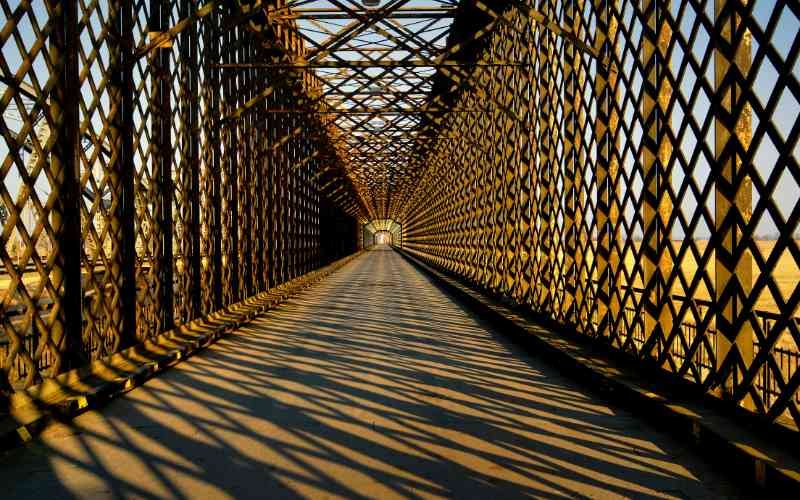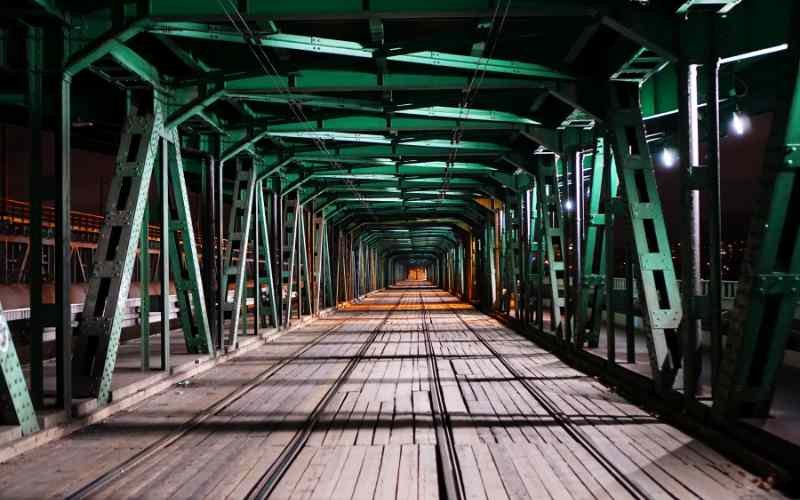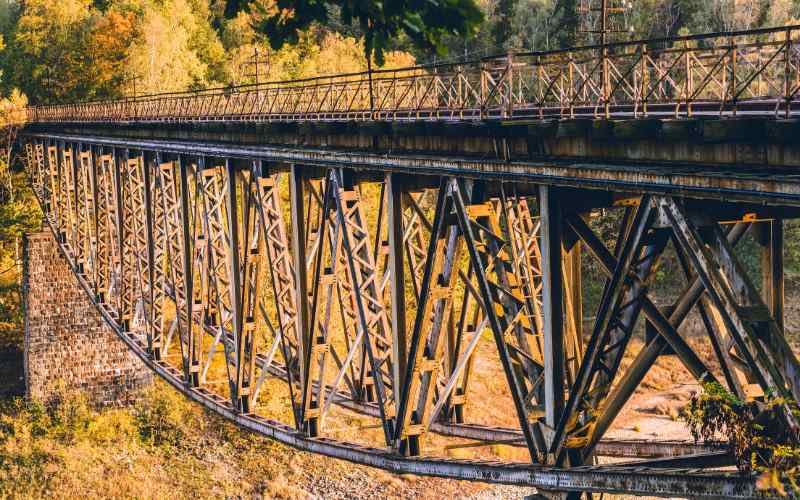Truss bridges are a pretty common phenomenon in architecture and engineering. They are a widely used product and are an extremely important part of designing bridges, houses, etc. In this article, we are going to understand the pros of truss bridges, the cons of a truss bridge, the advantages of truss bridges, and the disadvantages of truss bridges.
Let us begin with understanding the advantages of a truss bridge, or the pros of a truss bridge.

Advantages of Truss Bridges
The important point about what makes types of truss bridges advantageous is the fact that they can span up to large lengths and can carry a heavy load of weight.
1. High Amount of Strength
Firstly, truss bridges are extremely famous for their capacity to interconnect with triangular structures in the truss. This gives them a lot of strength to be able to withstand heavier and more dynamic loads. This feature makes truss bridges extremely ideal for areas with populations that are dense and railroad crossings. This is because truss bridges have the ability and capacity to carry heavy loads.
2. Ease of Construction
Truss bridges are extremely popular in the world and this is because it has the versatility to be able to be constructed in places where it is difficult. These may include locations like the ones that require a long span of areas, maybe something like, sea trenches.
Engineers can build these truss bridge structures in various locations with different depths and widths because of their flexible design. Alongside, they can be built-in ease in the locations like mountainous regions or even over railway lines.
3. Materials Are Used Efficiently
We all know that engineers build a truss using many interlinked parts to form a strong structure. They use materials efficiently while constructing truss bridges. The design of the truss bridge allows them to make the most of limited materials, ensuring minimal waste and maximum strength.
4. No Span Restrictions
One of the most impressive features of a truss bridge is that it can be built over any span of distance, ranging from short to long distances. This type of bridge can be installed in any type of location due to its ability to be flexible in its design.

Disadvantages Of Truss Bridges
The following are the disadvantages of truss bridge:
1. High Maintenance
This is a large load-bearing structure and requires a lot of maintenance in detail. Engineers must pay extra attention while maintaining the bridge because each part plays a significant role and connects directly to the others.
2. Takes Up A Lot of Space
Most of all, this is the biggest disadvantage of truss bridges. They take up a lot of space. Therefore, we can say that installing a simple truss bridge may not be the right thing to do in certain areas.
3. The Structure Is Extremely Heavy
Engineers construct the truss bridge using a lot of materials, which takes up significant space and makes it very heavy. Sometimes, you may need to make some changes to support this weight.
So, these were the advantages and disadvantages, and pros and cons of truss bridges.










